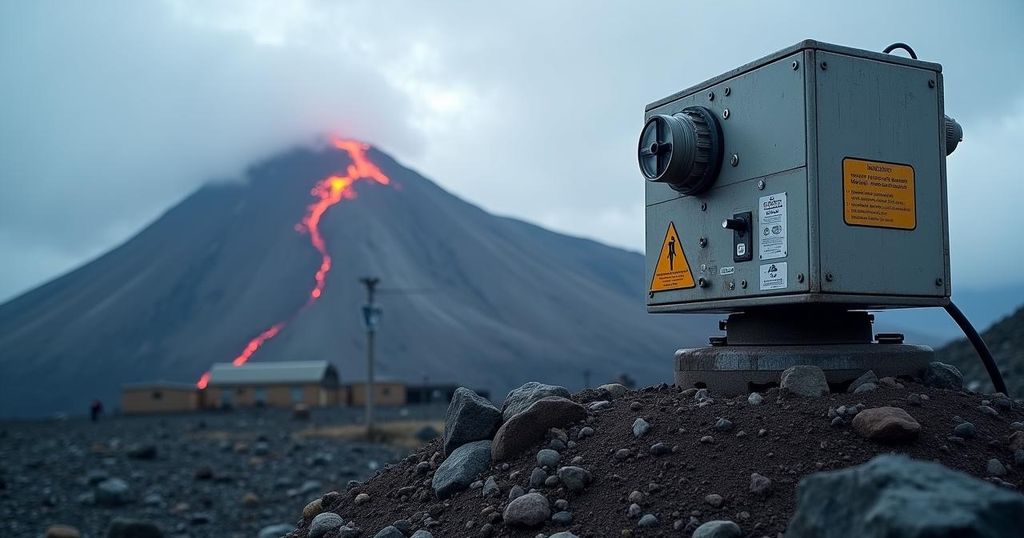Increased Monitoring at Mount Adams Due to Unusual Earthquake Activity
Following an unusual spike in seismic activity at Mount Adams, Washington, scientists have installed three temporary monitoring stations to understand the situation better. The volcano typically experiences earthquakes every two to three years; however, six were recorded in September 2024 alone, prompting the research community to assess the implications of this increase. While there is no immediate threat according to the USGS, continued monitoring is crucial due to past events involving lahars and the volcano’s classification as high-threat.
In response to an unprecedented increase in seismic activity at Mount Adams, located in central Washington, scientists have mobilized to enhance monitoring at the site. Typically, the volcano experiences seismic events every few years; however, a notable spike was observed in September 2024, with six earthquakes recorded—the highest monthly total since monitoring commenced in 1982. Currently, only one permanent seismic monitor is stationed near Mount Adams, prompting researchers to implement three temporary monitoring stations to gain comprehensive insights into the recent seismic fluctuations. The United States Geological Survey (USGS) Cascades Volcano Observatory has indicated that, despite the surge in seismic activity, there is no immediate cause for alarm. Monitoring findings will inform future decisions regarding potential precautionary measures by the USGS and the Pacific Northwest Seismic Network. Mount Adams, the second highest mountain in Washington, is categorized as a “high-threat” volcano based on its eruptive history and potential risks to nearby populations. The primary risk to residents arises from lahars, which are destructive flows generated by volcanic activity or landslides. Historical evidence indicates that lahars have impacted regions as far as Trout Lake, with the last major eruption occurring between 3,800 and 7,600 years ago. Mount Adams holds the title of the largest active volcano by volume and size in Washington State, making continuous monitoring essential for public safety and preparedness.
Mount Adams is an active stratovolcano located within the Cascade Range of Washington State. It is approximately 50 miles southwest of Yakima and is classified as a “high-threat” volcano due to the potential consequences of eruptions and the impact on surrounding communities. Historically, volcanic activity at Mount Adams has been infrequent and not typically explosive, with the most recent eruption occurring several millennia ago. The volcano poses risks primarily through lahars, which can occur during or outside eruptive events and have the capacity to reach populated areas. Given its size and historical significance, Mount Adams is continuously monitored to assess volcanic activity and potential hazards.
In conclusion, scientists have intensified surveillance efforts at Mount Adams following a significant rise in seismic activity, marking an unprecedented number of earthquakes for the month of September 2024. While current assessments suggest no immediate threat to public safety, the deployment of additional monitoring stations will enhance understanding and preparedness. Given Mount Adams’ classification as a high-threat volcano, continued vigilance is necessary to mitigate potential risks associated with lahar flows and other volcanic events.
Original Source: www.fox13seattle.com




Post Comment